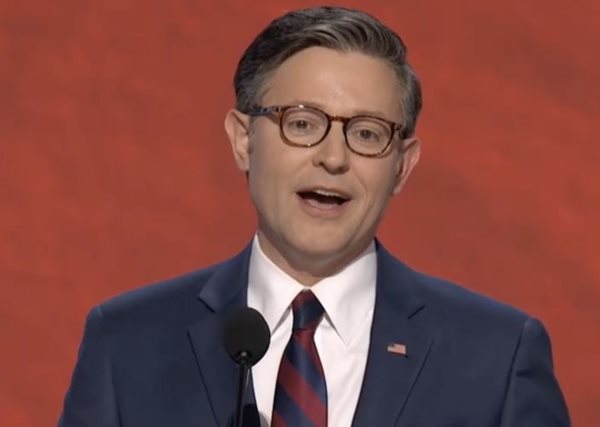King Charles III was crowned Saturday at Westminster Abbey, receiving the bejeweled St. Edward’s Crown in a ceremony built on ancient tradition at a time when the monarchy is striving to remain relevant in a fractured modern Britain.
Trumpets sounded inside the medieval abbey and the congregation shouted “God save the king!” at a service attended by more than 2,000 guests, including world leaders, aristocrats and celebrities. Outside, thousands of troops, tens of thousands of spectators and a smattering of protesters converged.
The crowed of well-wishers swelled to hundreds of thousands by the time the newly crowned Charles and Queen Camilla emerged to wave from the Buckingham Palace balcony alongside younger generations of royals.
It was the culmination of a seven-decade journey for the king from heir to monarch.
To the royal family and government, the occasion — code-named Operation Golden Orb — was a display of heritage, tradition and spectacle unmatched around the world.
To the crowds gathered under rainy skies — thousands of whom had camped overnight — it was a chance to be part of a historic occasion.
As the day began, the abbey buzzed with excitement and was abloom with fragrant flowers and colorful hats as the congregation of international dignitaries, nobles and other notables arrived. Among them were U.S. First Lady Jill Biden, French President Emmanuel Macron, Canadian Prime Minister Justin Trudeau, eight current and former British prime ministers, judges in wigs, soldiers with gleaming medals, and celebrities including Judi Dench, Emma Thompson and Lionel Richie.
During the traditional Anglican service slightly tweaked for modern times, Charles, clad in crimson and cream robes, swore on a Bible that he is a “true Protestant.”
But a preface was added to the coronation oath to say the Church of England “will seek to foster an environment where people of all faiths and beliefs may live freely,” and the epistle from the King James Bible was read by Prime Minister Rishi Sunak, Britain’s first Hindu leader.
In an ancient display of kingly power, Charles was anointed with oil from the Mount of Olives in the Holy Land — a part of the ceremony so sacred it was concealed behind screens — and presented with an orb, swords and scepters.
Archbishop of Canterbury Justin Welby then placed the solid gold crown, bedecked with more than 400 precious stones, on Charles’ head, while he sat in the 700-year-old oak Coronation Chair. Underneath the seat was a sacred slab known as the Stone of Scone, on which ancient Scottish kings were crowned.
For 1,000 years and more, British monarchs have been crowned in such grandiose ceremonies that confirm their right to rule. Charles was the 40th sovereign to be enthroned in the abbey — and, at 74, the oldest.
These days, the king no longer has executive or political power, and the service is purely ceremonial since Charles automatically became king upon death of his mother, Queen Elizabeth II, in September.
The king does remain the U.K.’s head of state and a symbol of national identity — and Charles will have to work to bring together a multicultural nation and shore up support for the monarchy at at time when it is waning, especially among younger people.
Britain's King Charles III departs Westminster Abbey after his coronation ceremony in London Saturday, May 6, 2023. (AP Photo/Alessandra Tarantino)
Advertisement
King Charles III crowned at Westminster Abbey
Advertisement
Latest State & National
State & National
10 hours ago
State & National
17 hours ago
State & National
22 hours ago
State & National
23 hours ago
State & National
yesterday
ADVERTISEMENT
Most Read >
ADVERTISEMENT
Latest State & National
State & National
10 hours ago
State & National
17 hours ago
State & National
22 hours ago
State & National
23 hours ago
State & National
yesterday
Advertisement
ADVERTISEMENT





